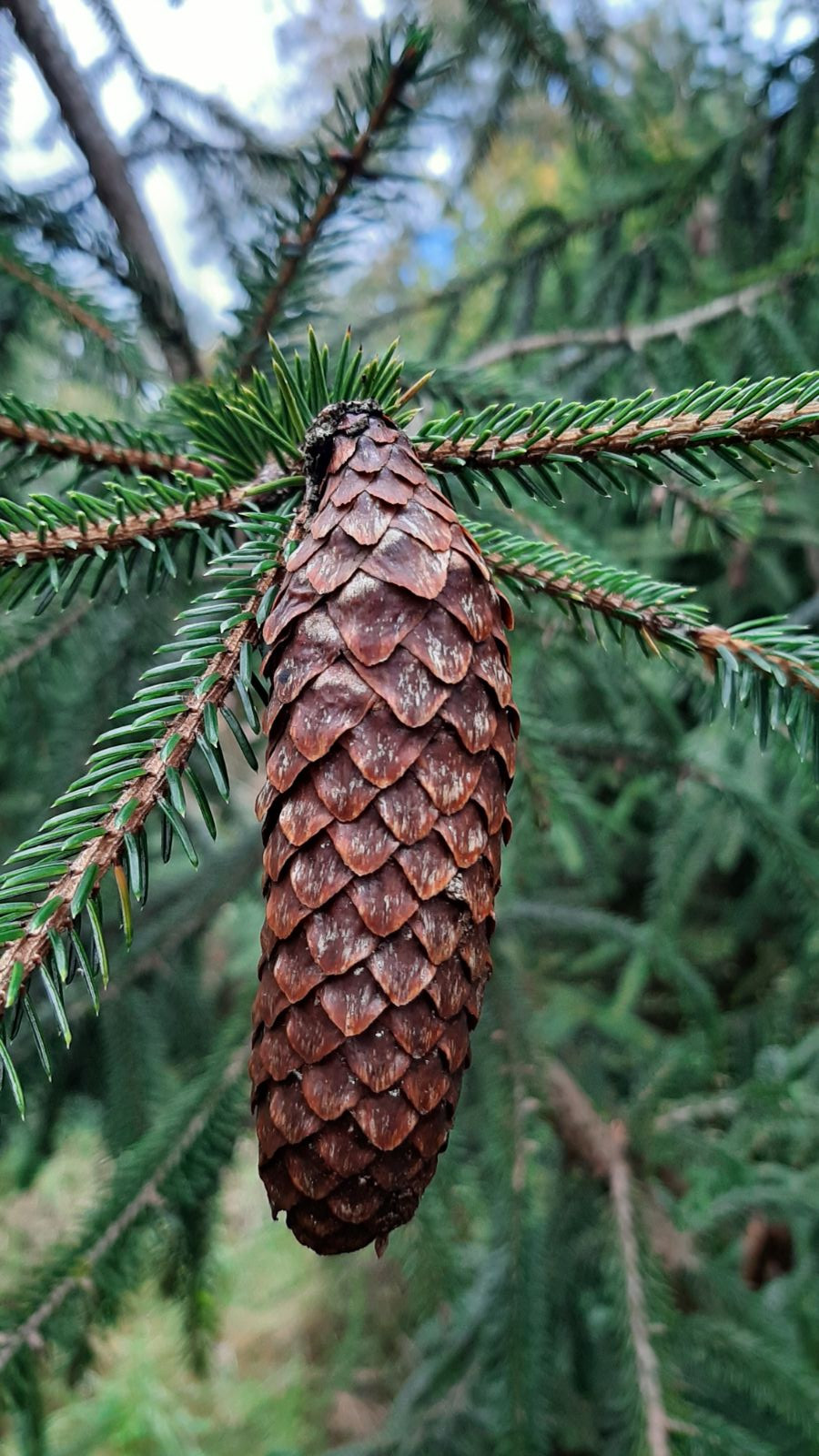Picea linzhiensis
Sponsor
Kindly sponsored by
This genus has been sponsored and new text is being prepared.
Credits
Article from New Trees by John Grimshaw & Ross Bayton
Recommended citation
'Picea linzhiensis' from the website Trees and Shrubs Online (treesandshrubsonline.
Genus
Synonyms
- P. likiangensis var. linzhiensis W.C. Cheng & L.K. Fu
Other taxa in genus
- Picea abies
- Picea alcoquiana
- Picea asperata
- Picea brachytyla
- Picea breweriana
- Picea chihuahuana
- Picea crassifolia
- Picea engelmannii
- Picea farreri
- Picea glauca
- Picea glehnii
- Picea jezoensis
- Picea koraiensis
- Picea koyamae
- Picea likiangensis
- Picea × lutzii
- Picea mariana
- Picea martinezii
- Picea maximowiczii
- Picea meyeri
- Picea morrisonicola
- Picea obovata
- Picea omorika
- Picea orientalis
- Picea polita
- Picea pungens
- Picea retroflexa
- Picea rubens
- Picea schrenkiana
- Picea sitchensis
- Picea smithiana
- Picea spinulosa
- Picea wilsonii
Tree to 50 m, but usually only 30–40 m, to 2 m dbh in old trees but usually 0.6 m. Bark silvery grey, with thin brownish fissures. Crown columnar. Branchlets light brown or slightly orange-brown in first year, becoming greyish in second to fourth years, with dark brown glandular hairs (0.2 mm) in first year, pulvini 1 mm, glandular-hairy; vegetative buds ovoid-conical, bluntly pointed to pointed, resinous at the base with thinly resinous or non-resinous chestnut-brown scales, to 0.9 cm, persistent at the base of the first-year shoot. Foliage spreading above at c.30° to the shoot and at the sides of the shoot at 60–80°, widely parted below, leaves <2(–3) × 0.1–0.15 cm, longest in mid-portion of shoot, nearly parallelsided, tapering gently to the tip, which is short-acuminate, bony, needle-sharp, of nearly 1 mm; stomata on the lower surface only (or very rarely, one or two incomplete rows above), in two greyish green bands of four to six rows, upper surface glossy green. Cones 5–12 cm, purplish, ripening to brown. Scales free but appressed at the tip during the growing season, thin, flexible, rounded or rhombic, erose. Seeds dark brown, 4 × 2.5 mm, wings pale brown, 5 × 4 mm. Rushforth 2008. Distribution CHINA: southeast Xizang. Habitat Subalpine forest between 3000 and 3800 m asl. USDA Hardiness Zone 6. Conservation status Not evaluated.
According to Rushforth (2008), Picea linzhiensis is more or less confined to the drainage of the Yarlung Tsangpo in southeastern Tibet, where it forms forests. The glandular-pubescence distinguishes it from other members of the group, and may derive from introgression with either P. spinulosa or P. farreri, which both show this feature. The glandular hairs, however, are found only on mature shoots, not in young plants. It is represented in cultivation by specimens grown from introductions by Keith Rushforth in 1995, 1997, 1999 and 2000: KR 3835 from Pasum Tso is at the Hillier Gardens and Thenford House; KR 3548 from the Doshong La is grown at Wisley, where it has made 4 m and is coning; KR 3622 is currently 2 m tall in Rushforth’s own collection in Devon. Other gardens have young plants of KR 3657a from the Nyima La, KR 5580 and 6288 from the Showa La, KR 6334 from above Bagu on the way to the Nambu La, and KR 6432 from the Nambu La to Pasum Tso (K. Rushforth, pers. comm. 2008).



